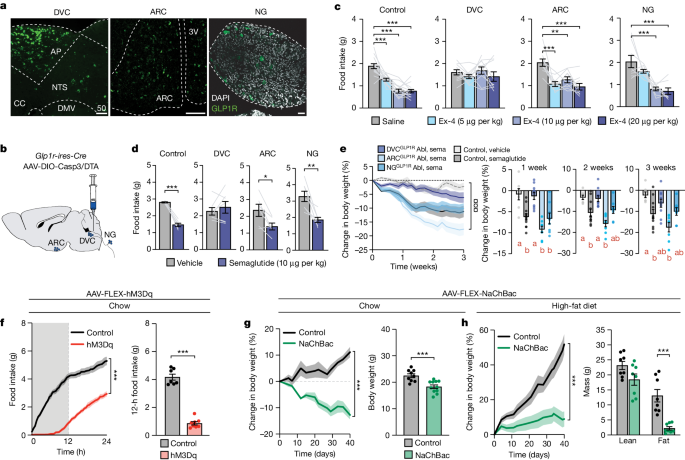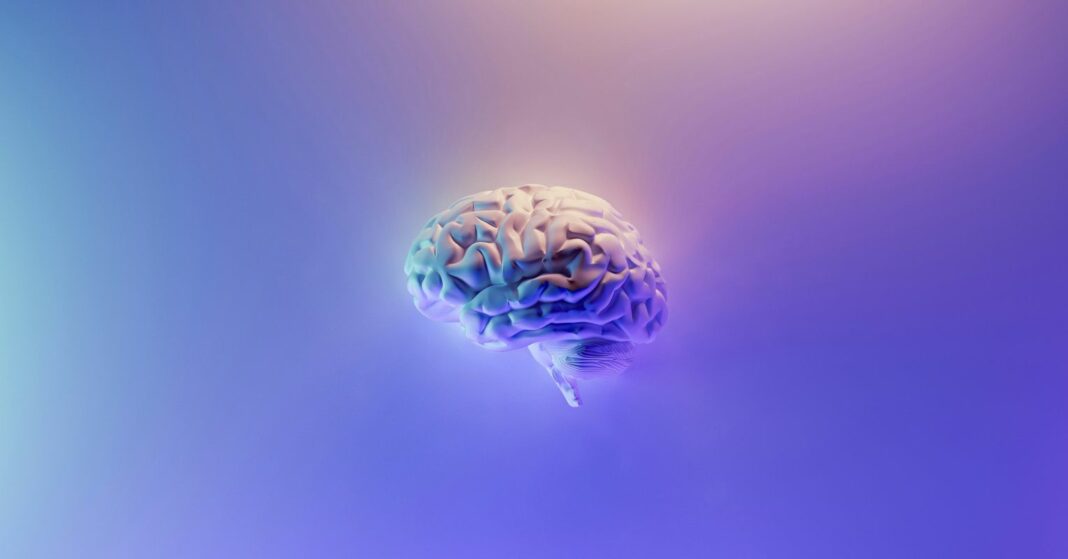Dissociable hindbrain GLP1R circuits for satiety and aversion
Introduction
Research has found that hindbrain glucagon-like peptide-1 receptor (GLP1R) circuits play a crucial role in regulating both satiety and aversion responses in the brain. These circuits are involved in detecting and responding to signals related to food intake and taste perception, making them important targets for understanding and potentially treating eating disorders and obesity.
GLP1R Circuits for Satiety
One of the key functions of hindbrain GLP1R circuits is regulating satiety, or the sensation of feeling full after eating. When food is consumed, signals are sent to these circuits to release GLP-1, a hormone that promotes satiety by signaling to the brain that the body has received enough food. This helps to prevent overeating and maintain a healthy balance of energy intake.
Role of GLP-1 in Satiety
GLP-1 acts on specific receptors in the hindbrain to reduce food intake by inhibiting appetite-stimulating pathways. By activating GLP1R circuits, the brain is able to regulate food consumption and promote feelings of fullness, leading to a more balanced and controlled eating behavior.
GLP1R Circuits for Aversion
In addition to regulating satiety, hindbrain GLP1R circuits are also involved in processing aversion responses to certain foods or tastes. When the brain detects signals related to unpleasant or harmful substances, GLP-1 is released to signal aversion and reduce the desire to consume those foods.
Role of GLP-1 in Aversion
GLP-1 acts as a signaling molecule to alert the brain to potentially harmful substances and trigger aversive responses. By activating GLP1R circuits, the brain is able to protect the body from consuming harmful foods or toxins, promoting a sense of aversion and avoidance.
Conclusion
The dissociable hindbrain GLP1R circuits play a crucial role in regulating both satiety and aversion responses in the brain. By understanding how these circuits function, researchers may be able to develop targeted treatments for eating disorders and obesity that help to balance food intake and promote healthy eating behaviors.
FAQs
What are hindbrain GLP1R circuits?
Hindbrain GLP1R circuits are neural pathways in the brain that are activated by the hormone GLP-1 to regulate satiety and aversion responses related to food intake.
How do GLP1R circuits regulate satiety?
GLP1R circuits release GLP-1 in response to food intake, signaling to the brain that the body has received enough food and promoting feelings of fullness to prevent overeating.
What is the role of GLP-1 in aversion?
GLP-1 acts as a signaling molecule to trigger aversion responses to unpleasant or harmful substances, helping to protect the body from consuming toxic foods.




